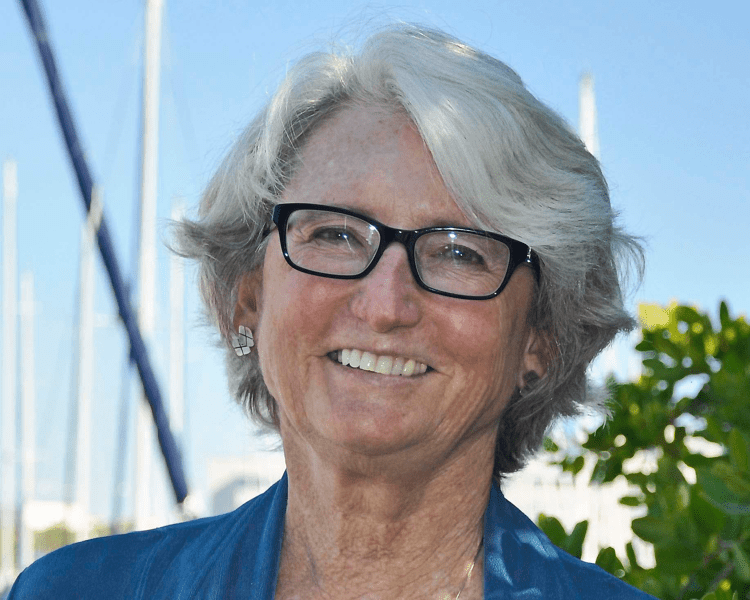New Study Will Assess How Climate Disasters, Other Events Affect Restoration Projects in the Gulf of Mexico
Feature Story
By Stephanie Miceli
Last update October 8, 2020

This summer, the Gulf Research Program (GRP) of the National Academies of Sciences, Engineering, and Medicine started work on a new study that will assess how climate disasters, oil spills, and long-term environmental changes such as sea level rise are affecting environmental restoration projects in the Gulf of Mexico. The study will help fulfill one of GRP’s top goals — monitoring progress and documenting how the Gulf is changing over time.
Restoration projects can provide a number of community benefits, from improving water quality, to supporting fisheries and recreation areas, to protecting against flooding. However, recent events like Hurricanes Sally and Laura have reminded us that the progress of these projects can be quickly undone.
Holly Greening, co-founder of CoastWise Partners and former executive director and senior scientist of the Tampa Bay Estuary Program, is the chair of the committee undertaking the study. She answered several questions about what this study will accomplish.
Q: There are a number of restoration activities in the Gulf of Mexico — but natural disasters and long-term environmental changes can derail progress. Will your report explore strategies for adapting to these realities?
A: Our committee will be examining how restoration projects might interact with each other over the coming decades. What are the trade-offs when one type of habitat restoration is implemented versus another? We will also discuss how restoration activities might be impacted by sea level rise, increasing hurricane intensity, and other factors in the Gulf.
Q: What types of restoration activities will this study assess?
A: Although we are currently in the early information-gathering stages of our study, we are expecting to focus primarily on environmental restoration activities such as habitat restoration and water quality improvement.
Q: Will your report focus on specific states or geographic regions within the Gulf of Mexico?
A. Yes. Our committee plans to discuss specific geographic regions within the Gulf, to help highlight different challenges that the Gulf States face in designing and implementing restoration projects.
Q: Will this report explore how different restoration projects might complement each other — or even conflict with each other?
A: One of our tasks is to consider the potential interactions and feedbacks across long-term restoration activities in the Gulf. The committee will recommend management strategies that could help reduce the potential for conflicting with other restoration strategies.
Q: How do you think organizations in the Gulf of Mexico will be able to use this report?
A: Our committee is dedicated to ensuring that our conclusions and recommendations are useful to environmental restoration practitioners and planners within the Gulf states, as well as other organizations interested in habitat restoration.
Q: Who will be on the committee that’s writing this report? What expertise will they bring to the table?
A: Our committee members represent a diversity of disciplines, including coastal and marine ecology, natural resource management, economics, and engineering.
Several committee members are based in the Gulf and have led preservation and restoration projects in the region. They bring a unique understanding of the strategic planning, scientific and technical rigor, and the community buy-in that goes into these projects. We hope that the combination of our research interests and our on-the-ground experience in the Gulf will help us produce an actionable, timely report.
Q: When will the report be available to the public?
A: The report will be released in the fall of 2021.
Featured Publication
An Approach for Assessing U.S. Gulf Coast Ecosystem Restoration: A Gulf Research Program Environmental Monitoring Report
Consensus
·2022
Valued for its ecological richness and economic value, the U.S. Gulf of Mexico is under substantial pressure from human activities. The Deepwater Horizon platform explosion and oil spill significantly damaged Gulf ecosystems and led to the largest ecological restoration investment in history. The un...
View details



